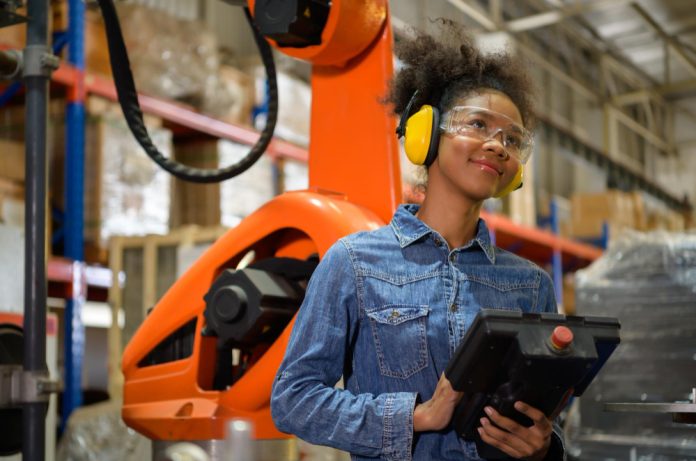In the face of rising global competition and increasing consumer demand, manufacturers are seeking ways to cut costs, improve productivity, and stay competitive. One of the most effective solutions for addressing these challenges is automation.
From robotic arms on the production floor to AI-powered machinery, automation is enabling manufacturers to streamline processes, reduce errors, and achieve higher levels of output.
How Automation is Redefining Manufacturing Processes
Automation in manufacturing refers to the use of technology to perform tasks that would traditionally be carried out by human workers. These tasks range from basic assembly to highly complex operations like welding, painting, and packaging.
By integrating robots, AI systems, and machine learning algorithms into production lines, manufacturers can reduce human error, optimize workflow, and significantly cut production costs.
In India, automotive manufacturers are among the leaders in adopting automation, with robots handling repetitive tasks such as welding, painting, and inspection. This has not only improved speed but also ensured precision and quality control. Similarly, electronics manufacturers are using automation to streamline assembly lines and meet high global demand.
Cost Savings and Increased Efficiency
The benefits of automation extend far beyond just operational efficiency. Automation also leads to significant cost savings. By reducing labor costs and increasing production speeds, manufacturers can lower their overall expenses.
For instance, automated machinery doesn’t require breaks, doesn’t get tired, and can work 24/7, drastically improving productivity and reducing time-to-market for products.
Automation also helps in reducing material waste, as robots and AI-driven systems are more precise, and errors are minimized. This not only cuts down on production costs but also contributes to environmental sustainability by reducing waste and energy consumption.
The Future of Automation in India’s Manufacturing Sector
Large manufacturers have dominated automation, but small and medium-sized enterprises (SMEs) are now gaining access to affordable solutions. FICCI and IMTMA are assisting by providing resources, training, and financing options to help SMEs integrate automation into their operations, ensuring that they can access previously unattainable production systems.
The Indian government has also been promoting automation through policies that encourage research and development and offer incentives for the adoption of advanced manufacturing technologies. As automation continues to evolve, it’s expected that more manufacturers will take advantage of robotics, AI, and IoT to drive further productivity gains.
Challenges in Adopting Automation
However, the widespread adoption of automation isn’t without challenges. Initial investment costs can be high, especially for SMEs. Additionally, there is the issue of job displacement, as automation can replace traditional manufacturing roles. This highlights the importance of retraining and upskilling workers, which is crucial to ensuring that automation leads to growth rather than job losses.
A Future of Smarter Manufacturing
Despite these challenges, the future of manufacturing in India is undeniably automated. As technology continues to advance, the potential for automation to revolutionize production processes, reduce costs, and improve productivity will only grow. Indian manufacturers who embrace automation will not only survive but thrive in the increasingly competitive global market.












